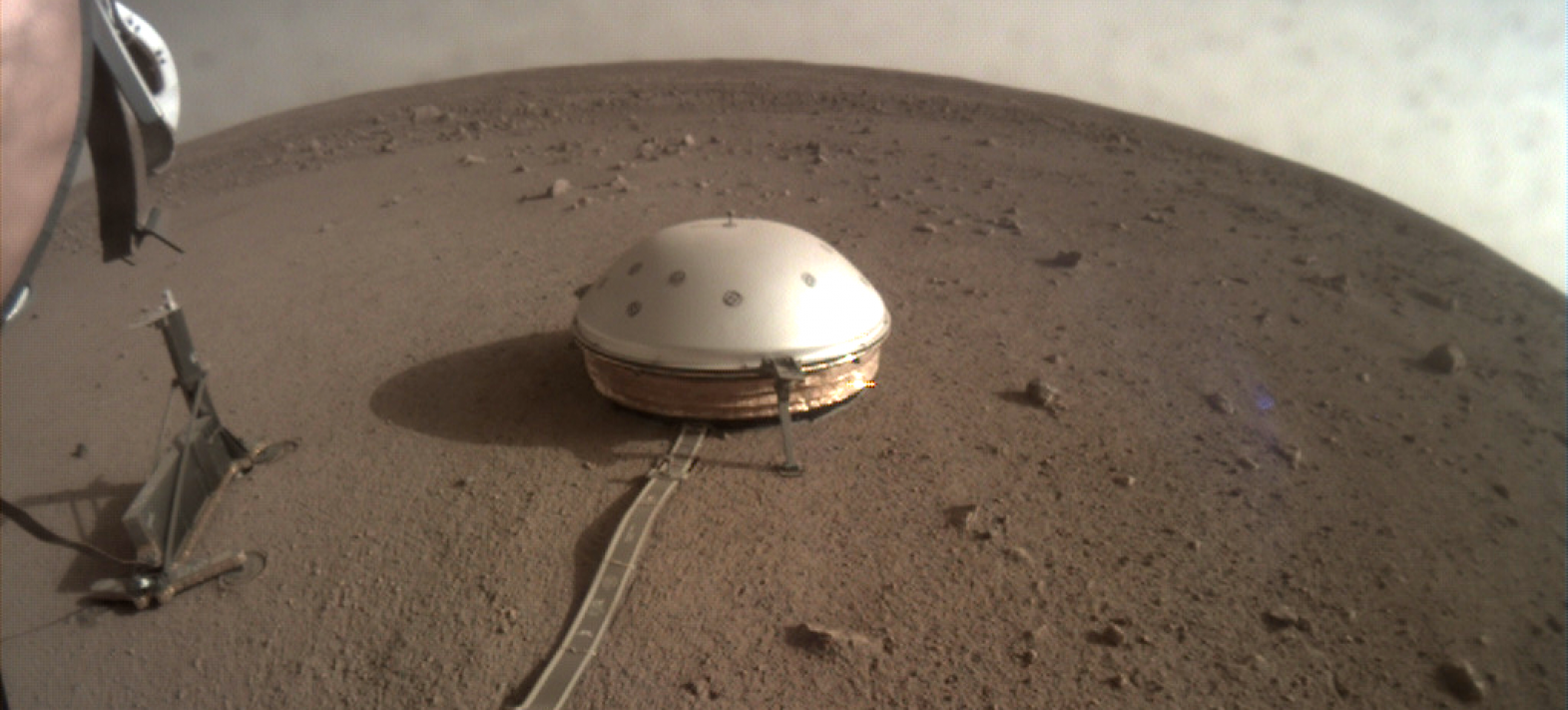InSight picks up strange sounds on Mars
Put your ear to the ground on Mars and you'll be rewarded with a veritable symphony. Sure, you'll need superhuman hearing, but NASA's InSight lander is equipped with an exceptional ear: SEIS.

Publication date: 04/10/2019
General public, Observatories, Press, Research
Related observatories : InSight Observatory
Related themes : Earth and Planetary Interiors








